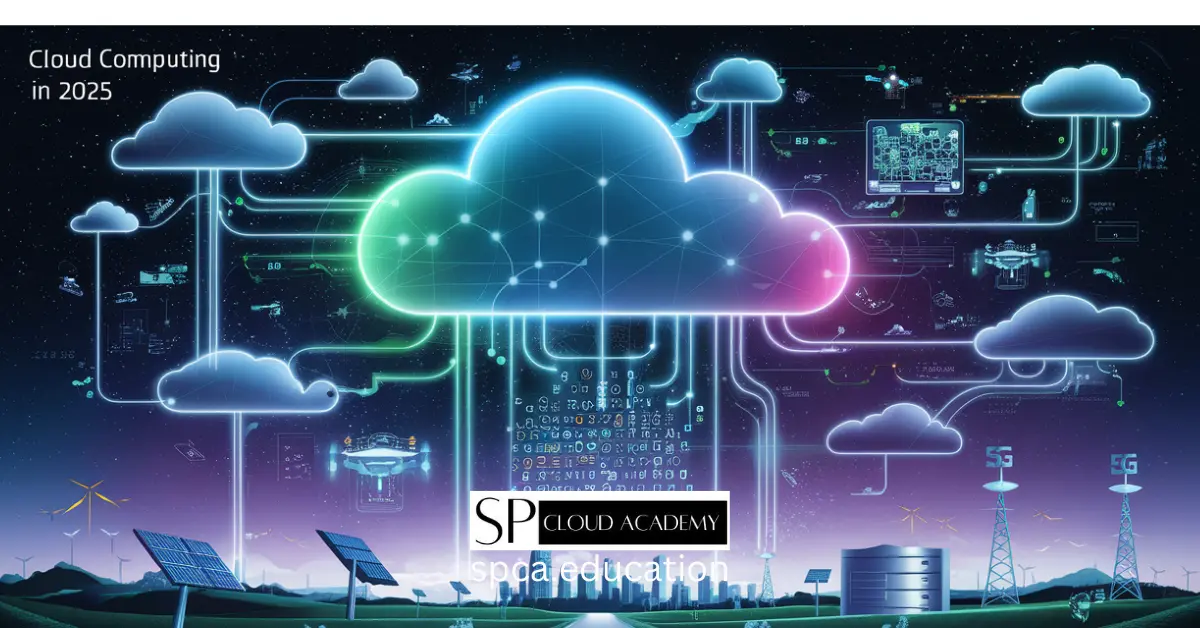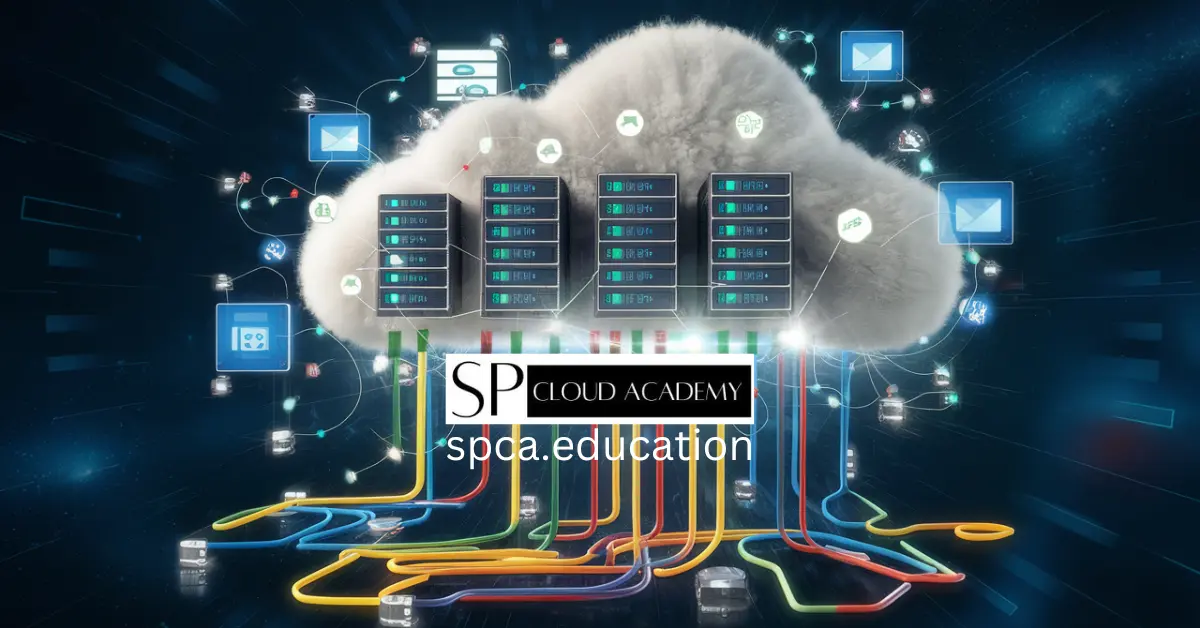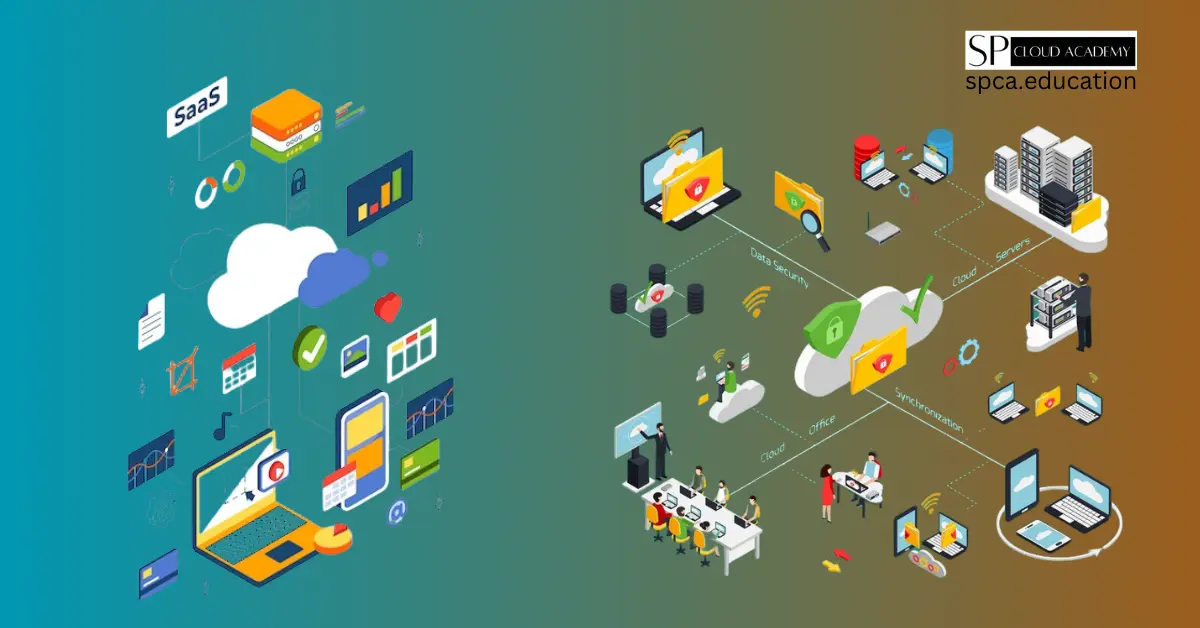In the dynamic landscape of personal computing, two emerging trends are shaping the future: Software as a Service (SaaS) cloud platforms and on-premises cloud applications. As we navigate an era of increasing connectivity and digital transformation, the marriage of these two approaches is heralding a new era in personal computing. This article explores the distinct advantages and unique features of SaaS cloud platforms and on-premises cloud apps, shedding light on why they are becoming the driving forces in the evolution of personal computing.
SaaS Cloud Platforms: Revolutionizing Accessibility and Collaboration
1. Accessibility Unleashed:
- SaaS cloud platforms are synonymous with unprecedented accessibility. Users can access a wide array of applications and services through a web browser, eliminating the need for extensive local installations. This accessibility is not limited to a specific device or location, empowering users to seamlessly transition between devices and work from anywhere with an internet connection.
2. Collaboration in Real Time:
- Collaboration lies at the heart of SaaS cloud platforms. These platforms provide collaborative tools that enable multiple users to work on the same document, project, or application simultaneously. Real-time updates ensure that everyone is on the same page, fostering a collaborative environment that transcends geographical boundaries.
3. Automatic Updates and Maintenance:
- SaaS cloud platforms alleviate the burden of manual software updates. Centralized management by the service provider ensures that applications are updated automatically, delivering the latest features and security patches without user intervention. This streamlines maintenance processes, freeing users from the complexities of software management.
4. Scalability for Dynamic Needs:
- The scalability of SaaS platforms is a game-changer. As user demands fluctuate, these platforms can seamlessly scale resources to meet evolving requirements. Whether you’re an individual with changing computing needs or a growing business, SaaS cloud platforms provide the flexibility to scale up or down as needed, optimizing resource usage.
5. Cost-Efficiency through Subscriptions:
- SaaS often operates on a subscription-based model, offering cost-efficiency for users. Rather than investing in expensive software licenses and infrastructure, users pay for the services they consume on a regular basis. This model aligns costs with usage, making it an attractive option for both individuals and businesses looking to manage their budgets effectively.
On-Premises Cloud Apps: Empowering Control and Security
1. Control Over Infrastructure:
- On-premises cloud applications bring the cloud experience to local servers, providing users with greater control over their infrastructure. This model is appealing to those who prioritize maintaining and managing their own computing resources. On-premises solutions offer a balance between the benefits of cloud computing and the control associated with traditional, locally-hosted applications.
2. Data Security and Privacy:
- Security concerns are paramount in personal computing, and on-premises cloud apps address these by allowing users to retain control over their data. As data remains within the user’s own infrastructure, it provides a level of assurance regarding data security and privacy. This is particularly crucial for users who handle sensitive information and need to adhere to strict regulatory requirements.
3. Customization and Tailoring:
- On-premises solutions provide a high degree of customization and tailoring to meet specific user requirements. Users can adapt applications to align with their unique workflows and business processes. This level of customization is often not achievable with off-the-shelf SaaS solutions, making on-premises cloud apps an ideal choice for users with specialized needs.
4. No Dependency on Internet Connectivity:
- On-premises cloud apps operate locally, eliminating the dependency on internet connectivity. This is particularly advantageous for users in areas with unreliable or limited internet access. The ability to operate without a constant internet connection ensures a consistent user experience, even in environments with connectivity challenges.
5. Compliance and Regulatory Requirements:
- Certain industries and organizations must adhere to stringent compliance and regulatory requirements. On-premises solutions provide the level of control necessary to meet these standards. Users can implement and enforce security measures that align with specific regulations, ensuring compliance without compromising efficiency.
Harmonizing the Future: Integration of SaaS Cloud Platforms and On-Premises Cloud Apps
The future of personal computing is not a binary choice between SaaS cloud platforms and on-premises cloud apps; instead, it lies in their harmonious integration. Recognizing the strengths of each approach, individuals and businesses are adopting hybrid models that combine the best of both worlds.
1. Hybrid Cloud Solutions:
- Hybrid cloud solutions integrate SaaS cloud platforms and on-premises cloud apps, offering a flexible and tailored computing environment. This approach allows users to leverage the scalability and accessibility of SaaS platforms while maintaining control over critical applications through on-premises solutions.
2. Data Synchronization and Interoperability:
- Synchronizing data between SaaS platforms and on-premises applications is essential for maintaining a cohesive user experience. Interoperability standards and integration tools facilitate seamless data exchange, ensuring that users can work effortlessly across different environments without encountering compatibility issues.
3. Risk Mitigation and Business Continuity:
- The integration of SaaS and on-premises solutions provides a robust strategy for risk mitigation and business continuity. Users can distribute critical workloads strategically, reducing the impact of potential outages or disruptions in any single environment. This ensures that essential services remain operational even in challenging circumstances.
4. Tailored Solutions for Diverse Needs:
- By combining SaaS and on-premises solutions, users can create a personalized computing environment that aligns with their specific needs. Critical applications with heightened security requirements can reside on-premises, while less sensitive tasks can leverage the efficiency and scalability of SaaS platforms.
Conclusion: Navigating the Evolving Landscape
In conclusion, the future of personal computing is a dynamic landscape where SaaS cloud platforms and on-premises cloud apps play pivotal roles. The accessibility, collaboration, automatic updates, scalability, and cost-efficiency of SaaS platforms meet the demands of a connected world, while the control, security, customization, and compliance features of on-premises solutions cater to diverse user needs.
The harmonious integration of these approaches is key to navigating the complexities of modern personal computing. Users and organizations must evaluate their unique requirements, considering factors such as data sensitivity, industry regulations, and workflow optimization. As technology continues to advance, the synergy between SaaS cloud platforms and on-premises cloud apps is set to define the future of personal computing—a future where users have the flexibility to choose solutions that best align with their preferences, priorities, and objectives.
SaaS Providers
- Microsoft 365: Boost productivity with Office apps and cloud services.
- Google Workspace: Collaborate in real-time with Gmail, Docs, and Drive.
- Salesforce: Drive customer success with a cloud-based CRM platform.
See also
-

Battle of the Giants: Comparing AWS, Google Cloud, and Microsoft Azure Head-to-Head
-

Cloud 2025: Game-Changing Innovations Driving the Future of Technology
-

The Ultimate Cloud Hosting Handbook: Every Feature, Benefit, and Pitfall Explained
-

From Hardware to Apps: Mastering Every Type of Virtualization in Cloud Computing
-

Unlock the Sky: 10 Must-Read Books on Cloud Computing for Every Skill Level
-

Your Cloud Migration Just Got Easier: A Step-by-Step Decision Guide
